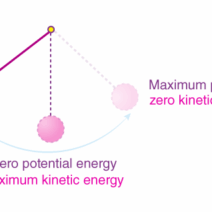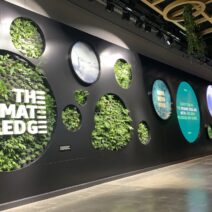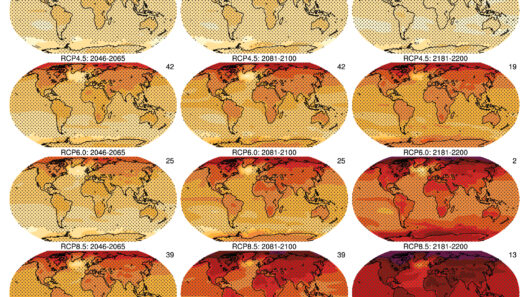The Climate Action Summit has become an essential locus for global dialogue and action surrounding climate change. Held annually, this summit attracts an eclectic mélange of attendees, including world leaders, policymakers, scientists, activist groups, and concerned citizens. Each participant brings their own perspectives and agendas, which significantly shapes the discourse surrounding climate policy and environmental activism. But who exactly attends such an influential gathering, and what roles do they play in the unfolding narrative of climate action?
At the forefront of the summit are government officials, representing their respective nations. The attendance of heads of state is pivotal, as they wield the authority to enact and influence legislation. These leaders often deliver impassioned speeches, highlighting their countries’ climate commitments and ambitious goals. Their presence not only signifies political will but also serves as a rallying point for other nations. For instance, the prominence of nations like the United States, China, and members of the European Union is critical in driving international consensus on climate action.
In contrast to the political elite, one cannot overlook the presence of scientists and environmental experts at the summit. These individuals bring empirical evidence and scientific insight into discussions that may otherwise be dominated by rhetoric. Researchers often present findings on climate change impacts, such as rising sea levels, desertification, and biodiversity loss. This data-driven approach is indispensable for creating informed policies that can effectively mitigate climate change consequences. How often do we consider that policy decisions might rely on the accuracy of scientific data presented at such summits?
Moreover, activist groups play a transformative role in the climate action narrative. These individuals, often at the grassroots level, engage in direct action and protest to advocate for climate justice. Their presence at the summit serves as a powerful reminder of public sentiment surrounding climate issues. Take, for example, last year’s summit: the visual impact of thousands of protestors marching through city streets, holding signs that decry false promises and demand accountability from world leaders. This vibrant display of civic engagement raises an imperative question: Can effective policy be crafted without the voices of those most affected by climate change?
New approaches to advocacy are increasingly becoming evident, as activist groups utilize social media and digital platforms to mobilize support and disseminate information. The #ClimateStrike movement is a prime example that has garnered international attention, with young activists rallying for system change and highlighting the urgency of climate action. However, the challenge this poses is evident: the intersection of digital activism and traditional lobbying raises concerns about diversifying efforts while avoiding fragmentation of the climate movement.
Corporate representatives also attend the Climate Action Summit, and their participation is often met with mixed reactions. While companies may tout sustainability and corporate social responsibility initiatives, skepticism prevails regarding their genuine commitment to change. Lobbying from industry players raises difficult questions about the real motives behind their attendance. Are they catalysts for a transformative global response, or do they simply seek to preserve the status quo in the name of profit?
Furthermore, indigenous peoples’ representatives are crucial participants in these dialogues, bringing unique perspectives rooted in centuries of environmental stewardship. Their insights are essential, especially in discussions about land use, conservation practices, and the interplay between socio-economic factors and environmental degradation. As custodians of the earth, indigenous voices amplify the call for a more inclusive narrative: one that respects traditional knowledge and recognizes diverse approaches to climate action. This diversity is vital when crafting policies that affect various communities worldwide.
Critical also are non-governmental organizations (NGOs), which serve as watchdogs in the process of policy formation. These organizations often advocate for transparency and hold governments and corporations accountable for their promises. Their role is to ensure that progress is consistently measured and reported, all while being proactive about engaging communities who may lack a platform at such international gatherings. In many instances, the very existence of impactful climate agreements hinges on the lobbying efforts of these organizations. This begs another question: How can we ensure that these watchdog roles remain effective and are not hampered by political machinations?
As the summit unfolds, the synthesis of perspectives from various attendees creates a milieu that encapsulates the pressing issues facing our planet today. However, the challenge remains: how do we translate this diverse knowledge and activism into actionable policy? While the rhetoric may resonate during speeches, the practicality of implementation often falters. What mechanisms can be put in place to ensure that the ambitious pledges made during the summit are not just aspirational but fundamentally grounded in reality?
In summation, the Climate Action Summit is a confluence of voices advocating for urgent climate solutions. The interplay between political leaders, scientists, activists, and indigenous representatives shapes the trajectory of climate policy. While participation in the summit varies widely and encompasses a spectrum of agendas, the underlying challenge remains constant. Can collaborative dialogue lead to concrete actions that mitigate climate change, or will the summit ultimately become another exercise in futility? Engaging diverse actors and openly discussing challenges may hold the key to forging the necessary path forward.




